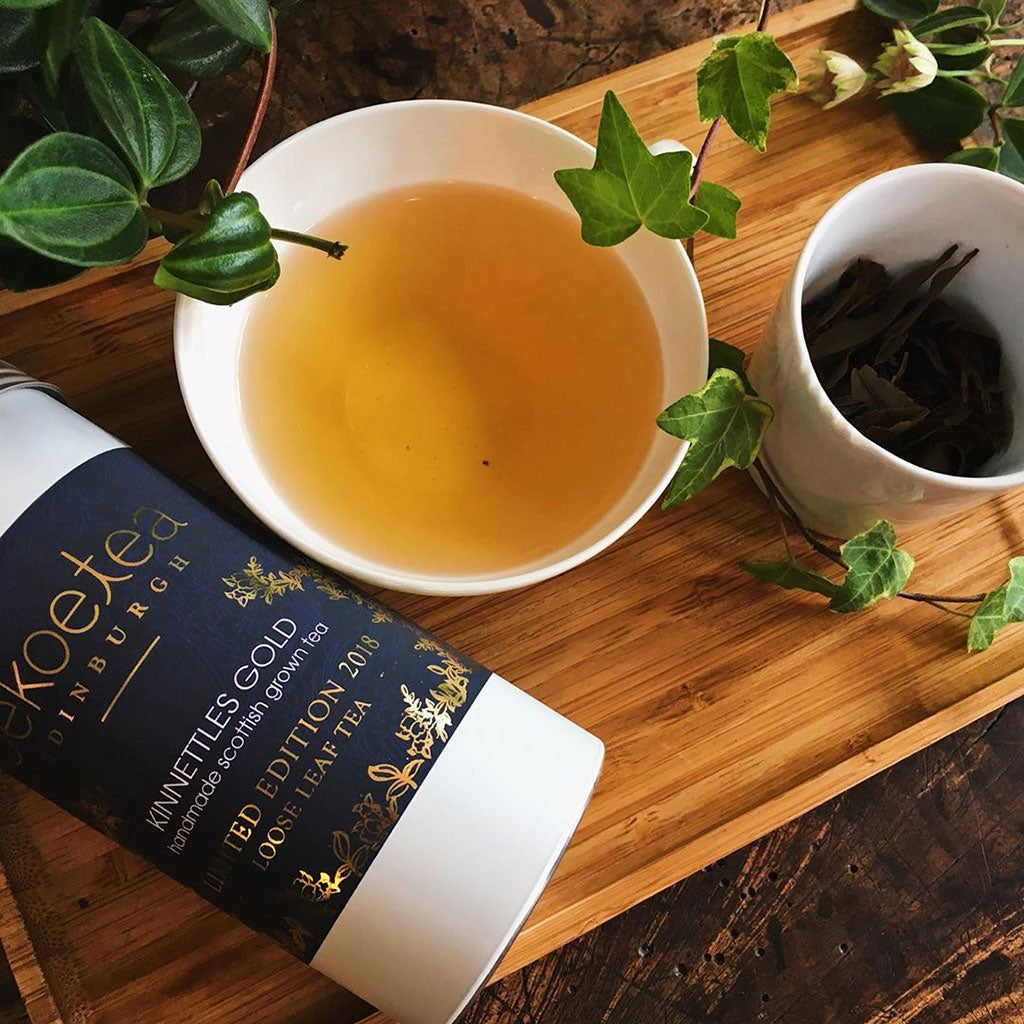Tea and Philosophy in Japan
 Philosophy and tea have an intimate connection in China and Japan, where tea is not just a drink but a practice. In recognition of World Philosophy Day, we will delve into the connections between philosophy and tea in Japan. We'll see how tea has been shaped by wabi-sabi aesthetic philosophy and the idea of self-cultivation.
Philosophy and tea have an intimate connection in China and Japan, where tea is not just a drink but a practice. In recognition of World Philosophy Day, we will delve into the connections between philosophy and tea in Japan. We'll see how tea has been shaped by wabi-sabi aesthetic philosophy and the idea of self-cultivation.
UNESCO World Philosophy Day celebrates philosophy as a discipline that has the power to develop and transform human societies, cultures, and individuals. Philosophy should not just be abstract and confined to logical games played in an ivory tower, but should be put into practice and accessible to ordinary people. In Japan, the wabi-sabi philosophy of beauty in impermanence, imperfection, and movement, along with the idea of philosophy as self-cultivation, are most fully developed in the tea ceremony. Tea is therefore an interesting vehicle for delving into these ideas.
One of the core concepts in Japanese thought is that of impermanence. Buddhism sees the world as constantly changing and in flux. Nothing in the world, including people, has a permanent, unchanging nature. And it is the inability to see and accept this fact that is the root cause of suffering. Thus, recognising and living in harmony with impermanence is one of the fundamental goals of the Buddhist path. This idea of impermanence has significantly influenced Japanese philosophy, particularly Wabi-Sabi aesthetics. Wabi-Sabi, in short, is the art of appreciating impermanence and imperfection.
The first step to understanding Wabi-Sabi is "mono no aware", or the experience of being moved by the transience of things. It is the kind of experience brought on by the calls of birds, or most well-known in Japan today, the love of Cherry blossoms. The blossom of the Cherry tree is not necessarily more beautiful than that of any other tree, but we experience it more fully because we are aware that it will fall in a matter of a few days. This is mono no aware.
Wabi-Sabi is accepting transience, change, decay, and imperfection. Wabi-Sabi finds beauty in the natural cycle of growth and death. Think aged wood and cracked stone. Wabi-Sabi accepts that nothing is finished; everything is in transition. It is not about being perfect but about constant becoming. Wabi-Sabi is present in painting, calligraphy, and flower arranging, but it is in the tea ceremony that it is most fully developed. Transience and change evoke a sense of movement. The tea ceremony allows you to move in a set way in order to live the beauty of each moment.
In the tea ceremony, Wabi-Sabi is not an abstract aesthetic ideal but something to be lived. In ancient China and Japan, philosophy was not an abstract discipline aimed at discovering truth but was the art of discovering how to live. Philosophy was to be practised such that one learned how to live in harmony with one's fellow human beings and with the nature of the universe itself. In Confucianism, this meant cultivating oneself closer and closer to the idea of the Junzi, or gentleman. In Buddhism, this meant training oneself to see and embrace impermanence clearly. In the tea ceremony, this means not just appreciating beauty, but practising to live aesthetically.
In accordance with this, Japanese tea rooms are constructed of simple wood and paper. There is no furniture and very little decoration except for a flower arrangement that evokes the season. This simple space serves not to distract, but to guide one in practicing tea and realising Wabi-Sabi. The tea ceremony consists of many rules and prescriptions for each movement. How to enter, where to sit, when and how to bow. But these rules are not simply about being polite. These rules force participants to concentrate on every move. They encourage careful, slow, and conscious movement. This keen awareness of one's movement is what allows one to see subtleties and sense every beauty in simple surroundings and imperfect objects. The Wabi-Sabi inspired crudeness of a tea bowl and the simple seasonal flower arrangement, alongside the tea itself, become the culmination of momentary beauty when the tea ceremony is consciously practised.









